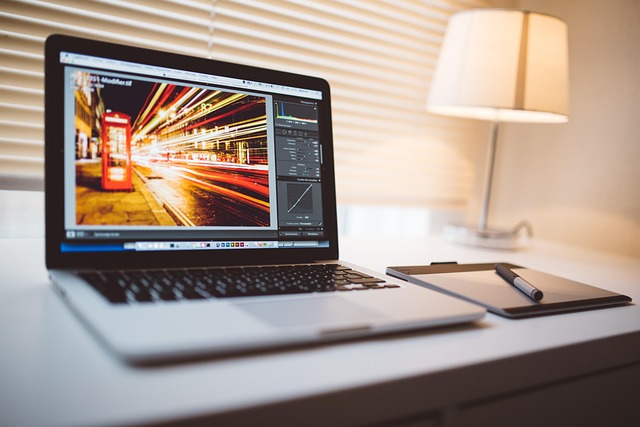Understanding the Importance of Color Correction in Display Technology
Color correction is a fundamental aspect of television and monitor technology that significantly enhances the viewing experience. Whether you are a casual viewer, an avid gamer, or a professional content creator, the accuracy of color representation can make or break the immersion you feel when watching your favorite show or playing an intense game.
The Basics of Color Correction
At its core, color correction refers to the process of adjusting the colors in an image or video to achieve a desired standard or effect. This technique is essential in the production phase of content creation, ensuring that what you see on screen aligns with the creator’s artistic vision. It encompasses adjusting brightness, contrast, saturation, and hues to create a more balanced and natural look.
Display Technology and Color Accuracy
Modern display technologies, such as OLED and LED, have brought unparalleled advancements in color accuracy and visual quality. Monitors equipped with these technologies can reproduce a wider color gamut, ensuring that the shades you see are closer to real life. This capability allows for advanced color correction techniques to take full advantage of the display’s potential.
Techniques for Effective Color Correction
To make the most of your display technology, several techniques can be employed for effective color correction:
- Calibrating Your Display: The first step in achieving precise color representation is calibrating your monitor or TV. This might involve using calibration tools or software to adjust the color settings based on your specific display capabilities.
- Using Color Grading Tools: For creators involved in video editing, color grading tools like Adobe Premiere Pro and DaVinci Resolve offer professional-grade options for fine-tuning colors, shadows, and highlights to create the perfect mood and atmosphere.
- Understanding Color Spaces: Familiarizing yourself with different color spaces, such as sRGB and Adobe RGB, helps ensure that your content is displayed accurately across various devices and viewing conditions.
Visualization and the Viewer Experience
Visualization through effective color correction transforms the content into a more relatable experience. For instance, a vibrant sunset scene in a movie should evoke emotions of warmth and tranquility, while a dark, moody environment can create tension or suspense. Properly executed color correction enhances these emotions and pulls the viewer deeper into the narrative.
The Future of Color Correction in Content Creation
As technology continues to evolve, so too will the techniques and tools used for color correction. Emerging technologies like artificial intelligence and machine learning are revolutionizing the field, offering new possibilities for real-time color adjustments and optimizations. This means that future content may be even more immersive and visually stunning, bridging the gap between reality and imagination.
In mastering color correction, whether you’re working with high-end display technology or simply enjoying films at home, understanding the underlying techniques can enrich your viewing experience. By appreciating the intricacies of color and its profound impact on storytelling, you can transform the way you engage with visual content.




